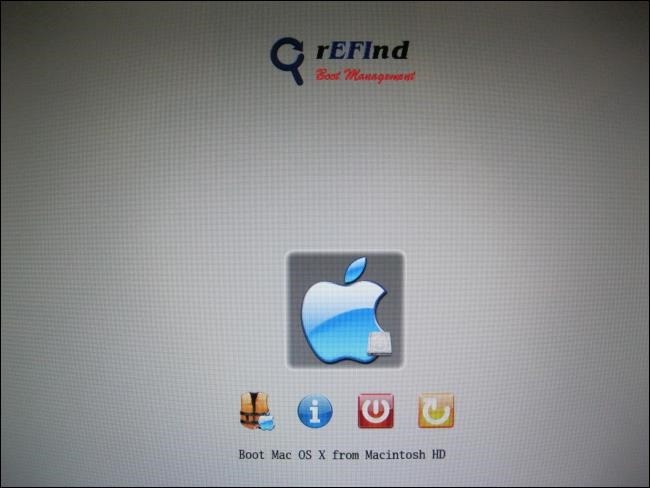

- #Partition linux mac os x mac os x#
- #Partition linux mac os x install#
- #Partition linux mac os x license#
- #Partition linux mac os x download#
I can't reformat the whole HDD as i don't have space to move my two NTFS partitions. I would have thought if my 50GB empty partition was on the start of the HDD, when i created EFI and MacOS they would be #1 and #2 in the list. I even tried downloading the latest clover, i see it is being installed because the clover them gets changed from black background to grey. Should i try copying the kexts to the /System/Library/Extensions folder instead? How do i make /System appear in finder? Click Continue and wait for the installation to complete. Select Show All Disks and choose your USB.
#Partition linux mac os x license#
Click through the license agreement until prompted to select the disk to use for OS installation. Open the previously downloaded macOS installer.
#Partition linux mac os x mac os x#
Can anyone help me in pointing out in exactly what folder i should do that? As i don't seem to find a 10.12 folder there. Select Mac OS X Extended (Journaled) and GUID Partition Map. In /Library/Extensions i see the kexts there, so my guess is that i have to copy them on the EFI partition. Seems that it was timing out because it couldn't find the EFI partition and now i see it mounts EFI in Finder. Multibeast used to run in about 5-10 minutes, now in about 1 minute. If i boot from USB both network and usb work. I am able to boot from the HDD now, but no kexts seem to be loaded, as the USB2 port is not working, and the Atheros card isn't detected. However in an old Mountain Lion box, on Disk Utility, i just see a big 32GB MacOs Extended Format.ĭiskutil list shows EFI and Apple_HFS on the USB drive, and just Apple_HFS and the two windows partitions on the HDD. If i put the USB in windows, i see an EFI folder, and the partition layout is: The question is how should i create manually the EFI partition, which what parameters so i can solve this? Should i try just to copy whatever layout is on the USB drive?
#Partition linux mac os x install#
After that, i could install Sierra and continue booting from USB.

So i had to boot from GParted (a linux distribution that has a much better partitioning tool), nuke it and format it HFS+.

It also cannot erase the partition if i format it to NTFS from Windows. Sierra's installer doesn't see the available space. My first mistake was to use Windows' partitioning tool to delete the Mac partition and leave it unassigned. Drive A is a SSD drive, for booting Windows 10.ĭrive B has 3 partitions, the first one for MacOS, the second and the third are for Windows storage (apps and games) Greetings everyone, so here's my eternal problem since El Capitan, i cannot get MacOS to boot from HDD, and everything is because i don't have an EFI partition. Please note: Disk Drill does not provide any option to create bootable CD/DVD drives due to them becoming less popular and accessible in modern computers.Building a CustoMac Hackintosh: Buyer's Guide This ensures the maximum amount of data stays intact during the recovery process, and other background processes or the operating system itself do not overwrite any recoverable pieces of information. Connect it to any Mac, run Disk Drill and use the "Create Boot Drive" option on the main toolbar.ĭisk Drill let's you run all its data recovery algorithms via a bootable Mac USB drive. Make sure you have an extra storage device, which is at least 2GB in size. Starting with Disk Drill 3, anyone can create a bootable Mac OS X drive in a matter of minutes. It'll make your Mac boot from USB in just a few clicks. Disk Drill is by far the most convenient and up-to-date macOS bootable file rescue solution.
#Partition linux mac os x download#
Set it aside, calm down and download a bootable data recovery app using any other computer. You can turn your computer off, remove the drive in question from the docking station, do whatever may be required to prevent any further utilization of that drive. The initial recommendation given to anyone who lost important data and would like to proceed with the data recovery is always to stop using the drive where the data was stored as soon as possible.


 0 kommentar(er)
0 kommentar(er)
